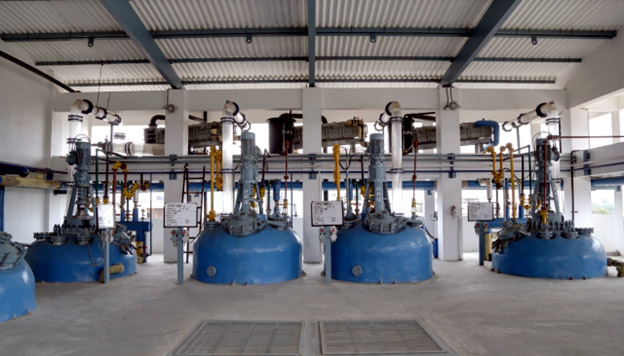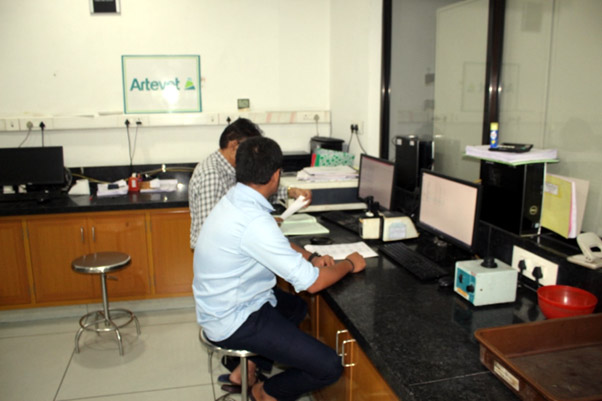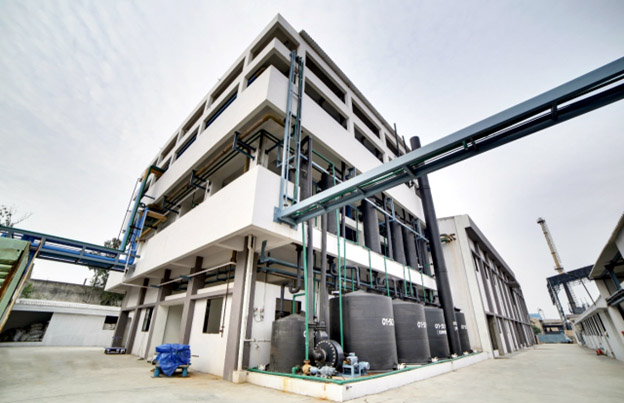Synopsis: CRD & CCRD is a severe & chronic yearlong/anytime infection in all age groups of poultry Poultry Farmers can be victorious and at their ease by overcoming this stubborn infection with the scheduled CRD – C-CRD prevention program with the effective usage of anti-mycoplasma solution through feed and/or through drinking water.

CEO, Geenat
E: rammoorthyd@gmail.com
W: www.geenat.co.in
Phone: +91 93446 42382
CRD – Round the clock with infection
CRD infection is caused by Mycoplasma gallisepticum (MG).
When MG gets complexed it forms C-CRD – Complexed CRD with either of the following reasons
1. C-CRD of Bacterial Infection – MG with Escherichia coli (E. coli) infection
2. Environmental C-CRD MG with contaminated air (High ammonia level)
3. Viral infections – MG with Viral Infection
C CRD
Complexed-CRD (CCRD) is caused by the stubborn infection of Mycoplasma Gallisepticum (MG) ‘clubbed with either E. coli/Ammonia/Viral infection.
CCRD can affect all formats of poultry in anytime in all formats of Poultry in any age- Broiler, Layer & Breeder
It’s highly prevalent during extreme weather conditions like summer or winter.
However, CCRD is round the clock infection with low mortality and high morbidity, which can suppress immune system of the birds.
Sub-clinical level infections are frequent which can cause severe Production loss with high feed intake & low production.
Acute infections can cause an outbreak.
Birds’ Respiratory system – A complex one
CCRD -Complex CRD – CCRD is crucial & vulnerable when MG combines with respiratory infections in Poultry.
Bacterial CCRD – MG + clubs with Bacteria – E. Coli to form Colibacillosis.
Symptoms
- Diarrhoea
- High Feed consumption & High mortality if not treated well in time
Non infectious CCRD MG with contaminated air (Ammonia Gas)
This CCRD causes ‘Acidic blood’.
Birds’ Excessive inhalation of Ammonia & Low oxygen intake, increase the levels of Carbonic Acid in the blood causing Acidic Blood condition.
Symptoms
- Panting, High-water intake, crowding (hurling together)
- Feather loss, High stress & Sudden deaths
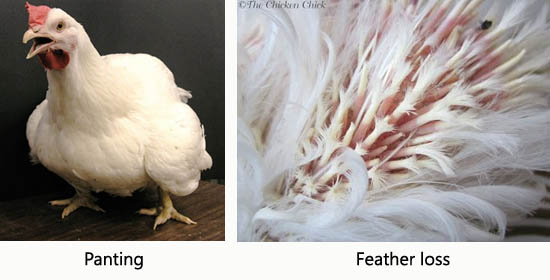
Viral C-CRD – MG + Viral infection (ILT & IB are common)
MG clubs with ILT – Infectious Laryngotracheitis virus & IB (Infectious Bronchitis) – Common.
MG with other viral infections of Avian Influenza, New castle disease & Infectious Coryza
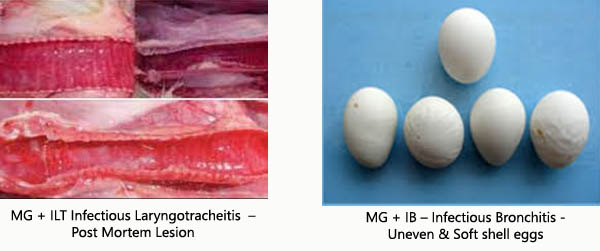
CCRD – Disease Stages
CCRD Stage 1 – CCRD infects Trachea – URT –Upper Respiratory Tract infection
CCRD Stage 2 – Forms Septicaemia – CCRD Infection spreads into Circulatory system
CCRD Stage 3 – Airsacculitis – CCRD Infection becomes intense & Chronic when it gets deep into the LRT – Lower Respiratory Tract

CCRD Stage 4 with clinical symptoms
There will be notable clinical symptoms of coughing, swollen eyes, noisy & difficulty in breathing, change in colour of the comb – blackish red, severe production loss in laying hens with high feed intake.
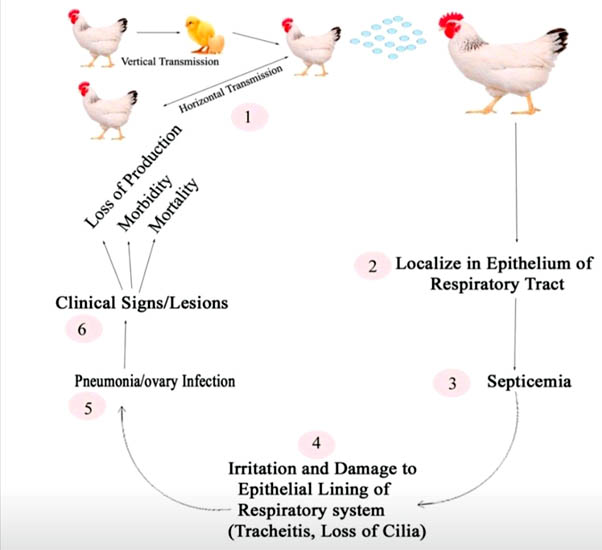
With the above clinical symptoms, if CCRD is not treated properly can lead to severe economic losses including acute mortality (sudden deaths of the birds).
CRD & C-CRD – Prevention Program
They are better to control than to treat through feed & through drinking water.
Broiler, Layer & Breeder –
The choice of drug to prevent mycoplasma infection – Macrolide group of antibiotics.
Administration – Through feed.
For treatment to control the mortality
- Macrolide and/or Aminoglycoside group of antibiotics
- Can be administered through feed, water & through injection (s/c sub cutaneous injection and adult birds through I/M – Intra Muscular)
Dosage can be followed as per the advice of the consulting vets
Complimenting the CRD – C-CRD Prevention program
This Prevention program can be double assured by clubbing the alternative medicines
- Phytochemical solutions as extracts – Gingerol, Curcumin, Solanum trilobatum as expectorants, immune booster and blood purifier.
- Essential oils combination – can be administered through drinking water.
- Acidifier through feed and or drinking water.
- Permitted AGPs
AGPs dosage can be followed by the consulting vets’ advice.
Withdrawal of AGPs should be strictly followed to ensure food safety measures.
Summary
CRD & C- CRD (MG – Mycoplasma gallisepticum) infection can cause great economic losses if not attended properly.
However, CRD & C-CRD infection can be prevented & cured in all formats of poultry (Broiler, commercial Layer & breeder) with systematic usage of combination of Anti-mycoplasma drugs with the alternative medicines ‘discussed here.
Previous article by author: Soya Alternatives


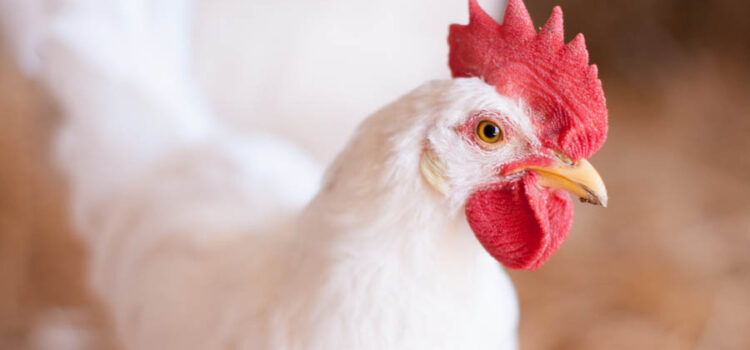

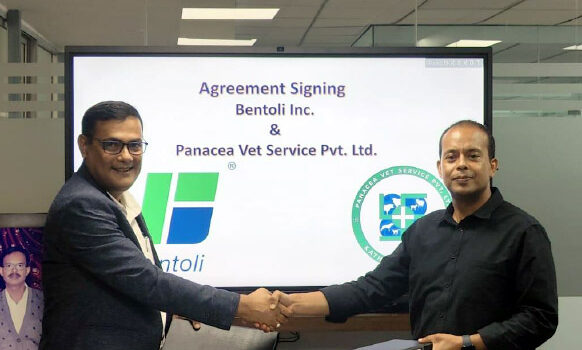
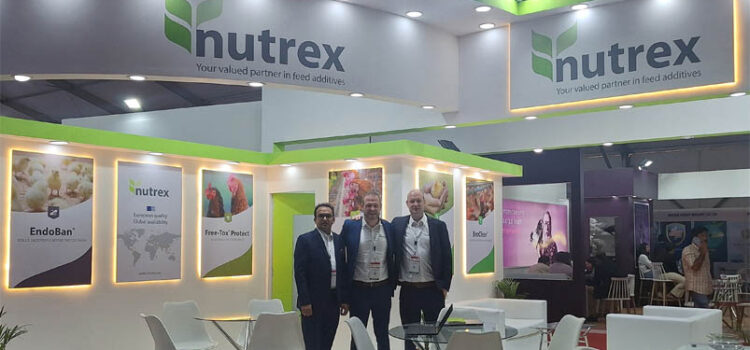
 Nutrex’s Key Highlights at Poultry India 2023
Nutrex’s Key Highlights at Poultry India 2023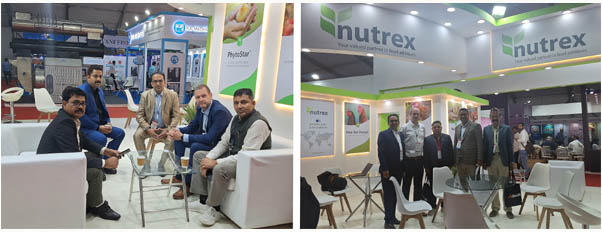
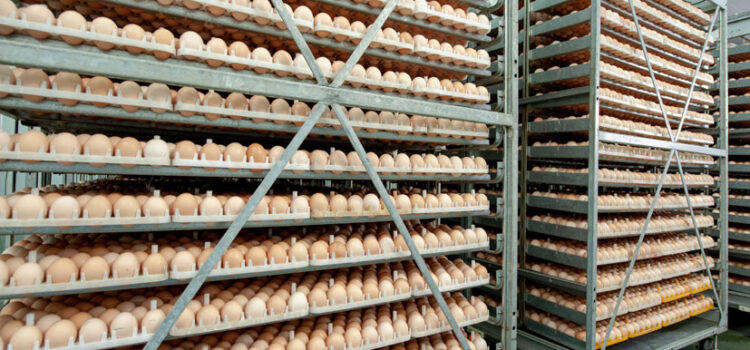
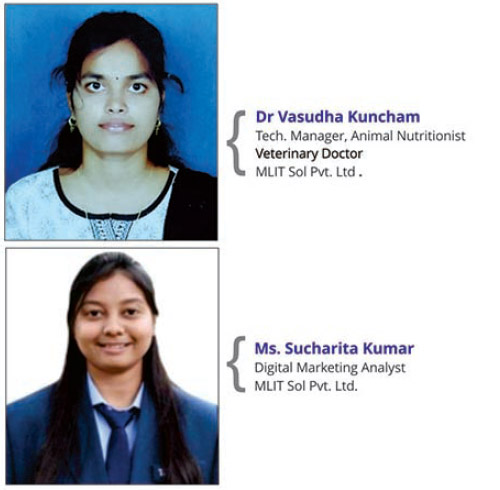
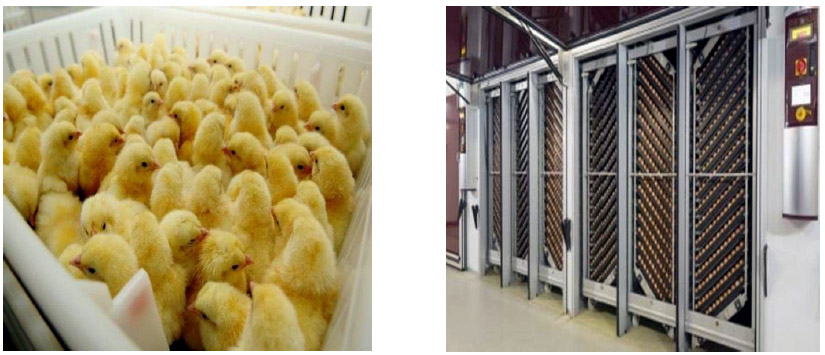
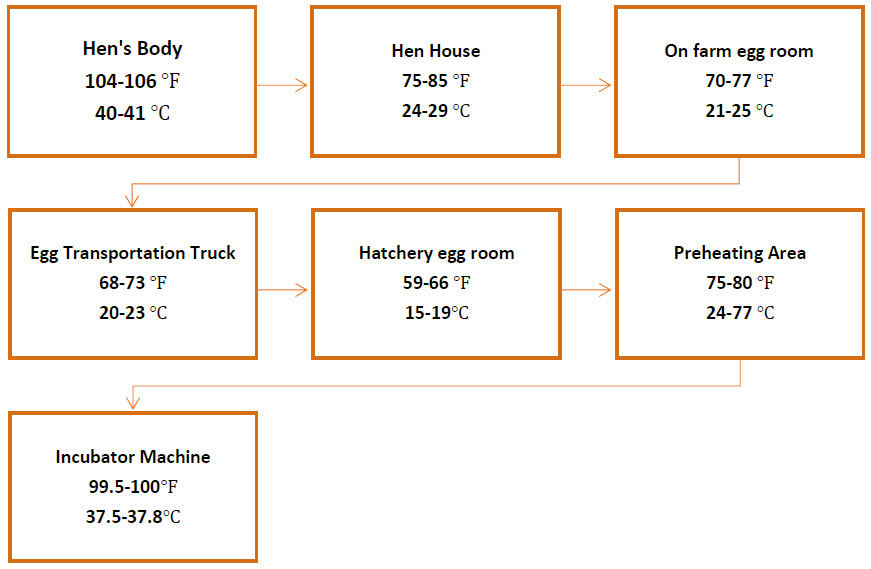
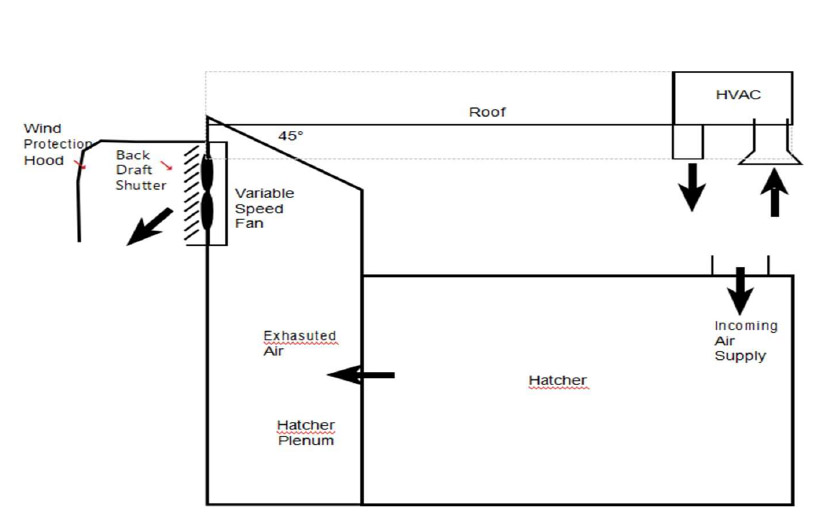
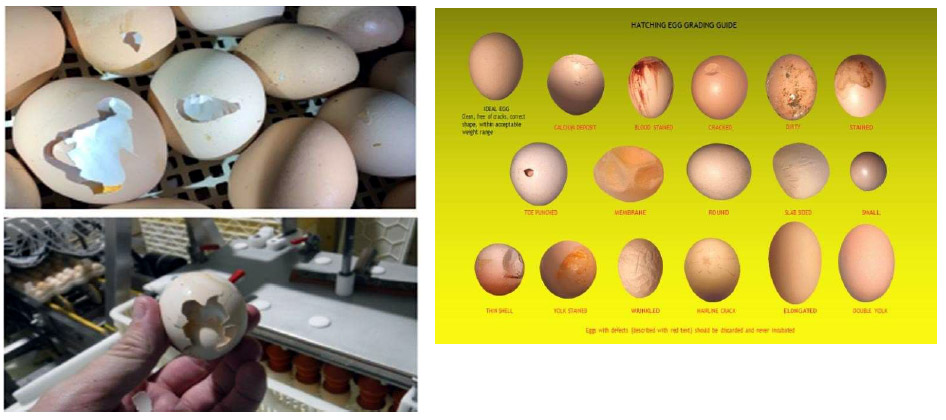
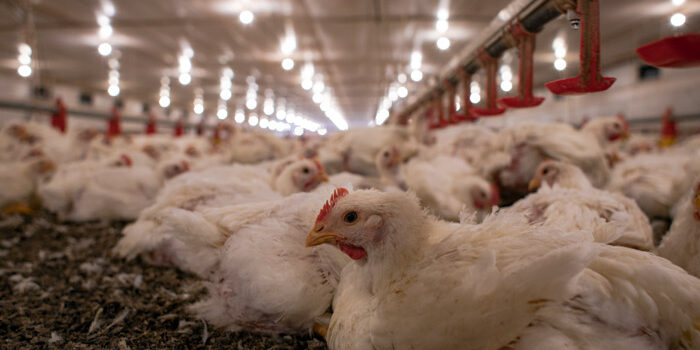
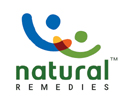
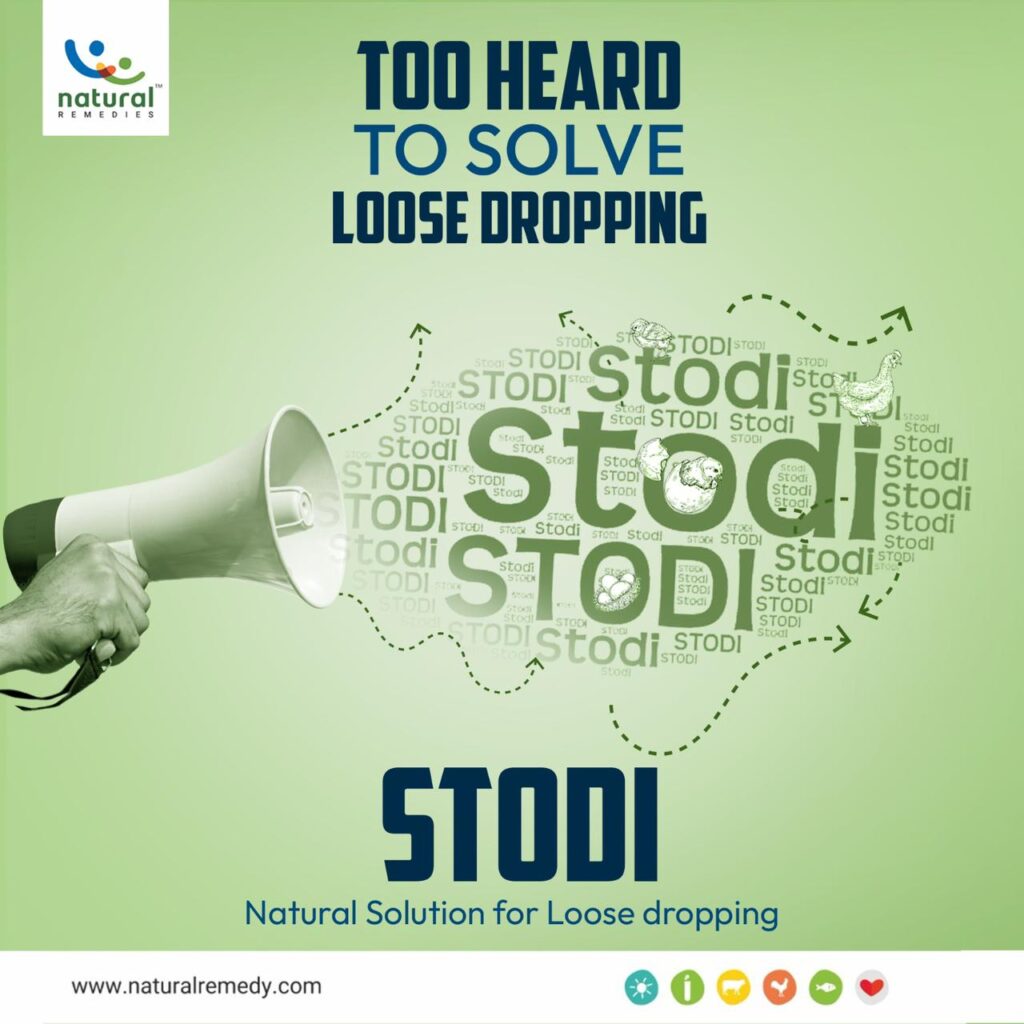
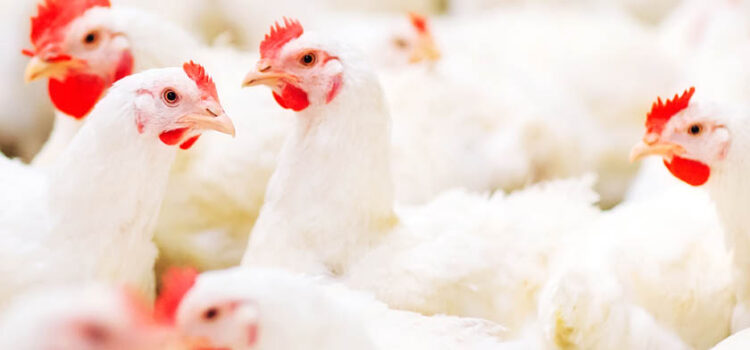
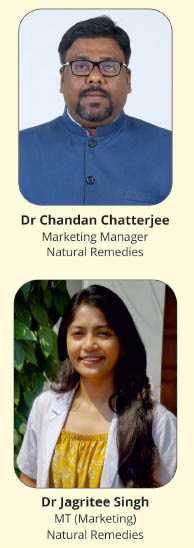 One of the most challenging aspects of addressing loose droppings in poultry is the non-specific nature of the causes. Unlike specific diseases or pathogens that can be easily identified and targeted, loose droppings may be triggered by a range of factors, making diagnosis and treatment complex. The non-specific causes of loose dropping involve management, environment, metabolism, and nutrition.
One of the most challenging aspects of addressing loose droppings in poultry is the non-specific nature of the causes. Unlike specific diseases or pathogens that can be easily identified and targeted, loose droppings may be triggered by a range of factors, making diagnosis and treatment complex. The non-specific causes of loose dropping involve management, environment, metabolism, and nutrition.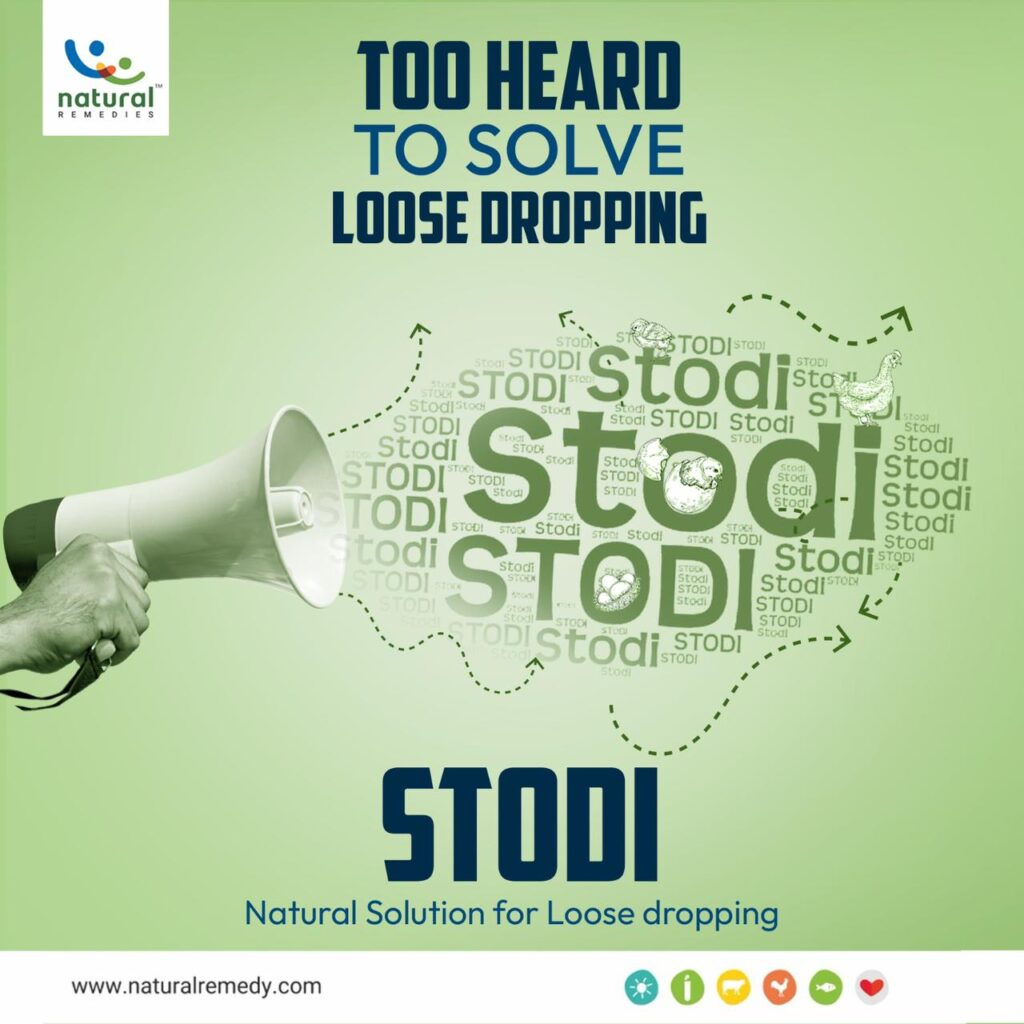
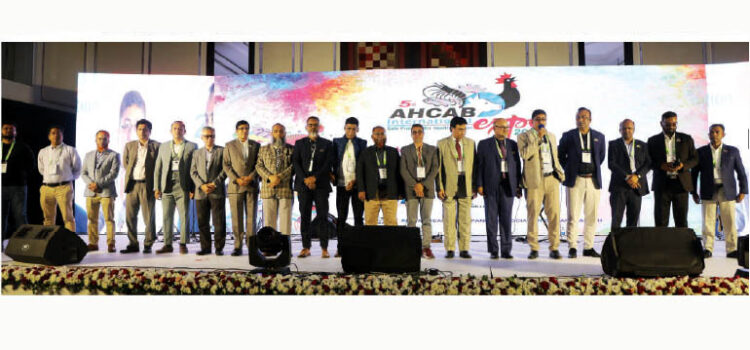
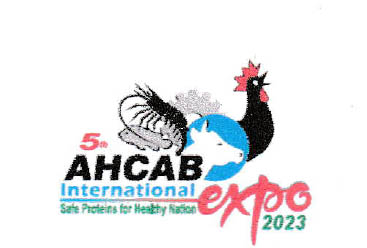

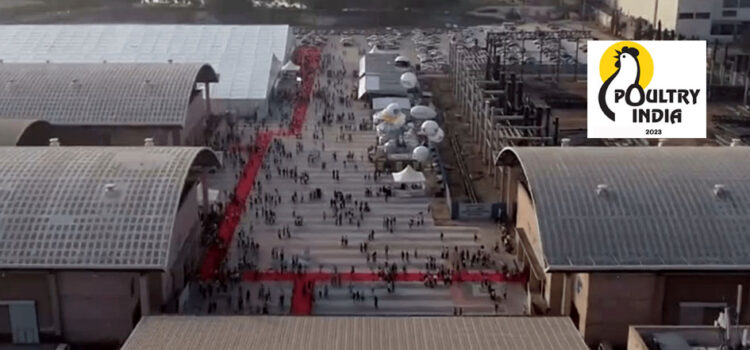
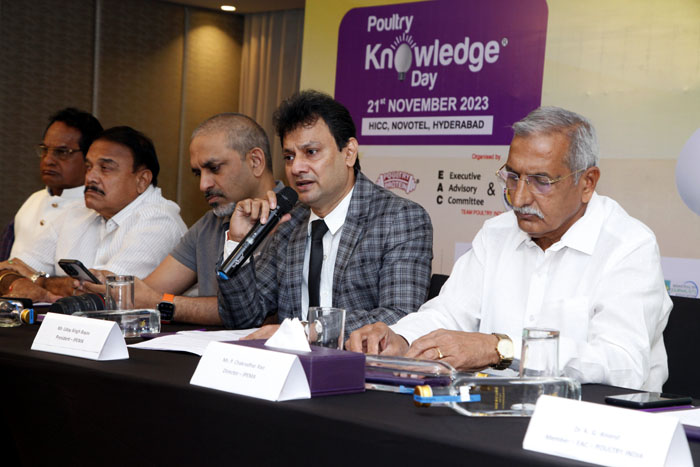
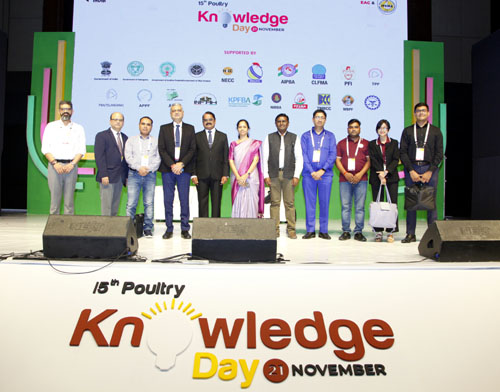 “I am happy our Government is determined to safeguard our sector so that we continue to produce world class poultry meat and eggs. Today India’s poultry industry, with it enabling of low cost model with increased productivity, is a showcase of success across the world. It is one of the key contributors to India’s Agriculture and Animal Husbandry GDP. It contributes significantly to the eradication of protein deficiency and malnutrition and employ millions, especially women from rural India and has spawned dozens of small and medium entrepreneurs producing downstream products and services for the industry,” he added.
“I am happy our Government is determined to safeguard our sector so that we continue to produce world class poultry meat and eggs. Today India’s poultry industry, with it enabling of low cost model with increased productivity, is a showcase of success across the world. It is one of the key contributors to India’s Agriculture and Animal Husbandry GDP. It contributes significantly to the eradication of protein deficiency and malnutrition and employ millions, especially women from rural India and has spawned dozens of small and medium entrepreneurs producing downstream products and services for the industry,” he added.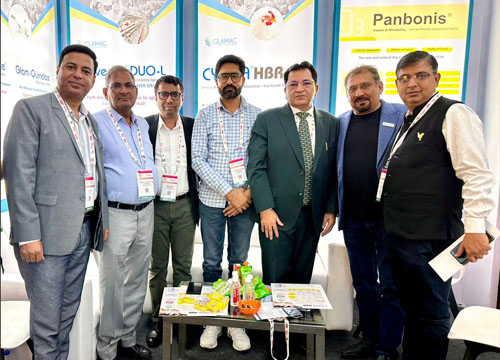
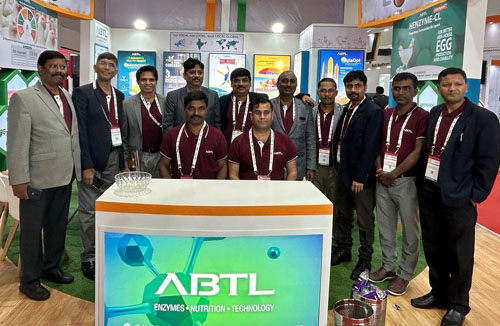
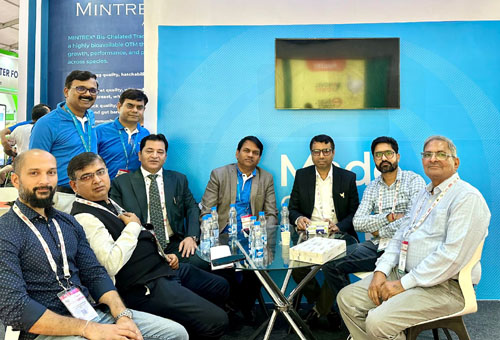
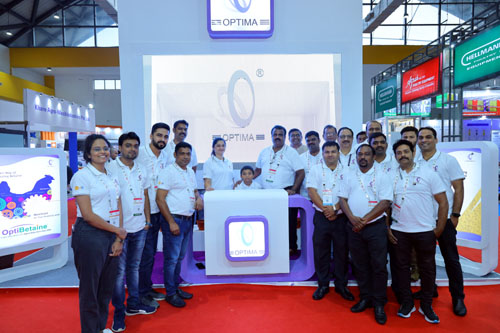
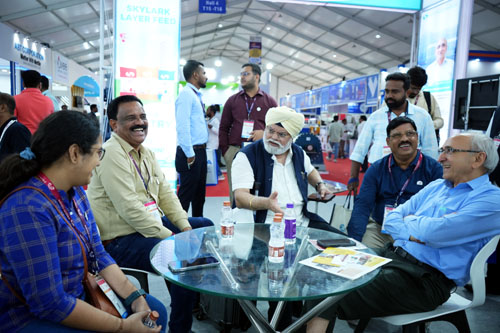
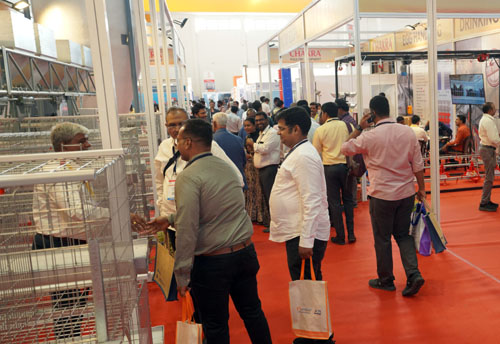
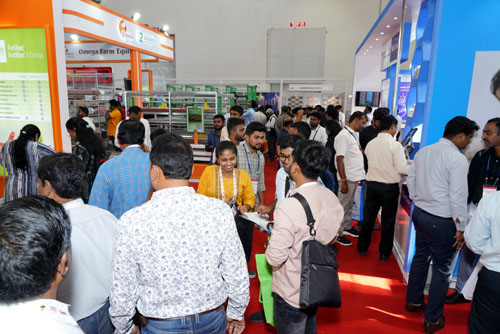
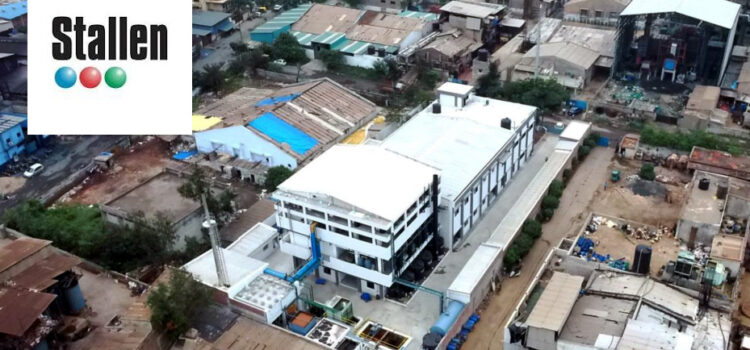
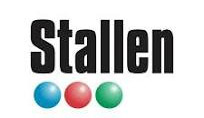 Stallen offers a range of feed additives, formulations and vaccines for the poultry industry and is the only company in India that manufactures every product they market. With a market presence across India, Nepal, Bangladesh and Sri Lanka along with exports in 50 countries there is an increased focus to our long term goals.
Stallen offers a range of feed additives, formulations and vaccines for the poultry industry and is the only company in India that manufactures every product they market. With a market presence across India, Nepal, Bangladesh and Sri Lanka along with exports in 50 countries there is an increased focus to our long term goals.